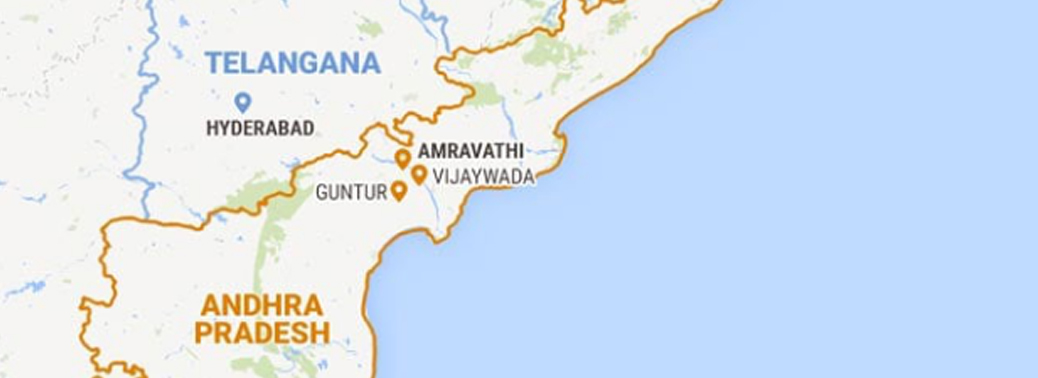MULTIPLE STATE CAPITALS & GOVERNANCE
22, Jan 2020

Prelims level : State Legislature
Mains level : GS2 - Separation of powers between various organs dispute redressal mechanisms and institutions. Comparison of the Indian constitutional scheme with that of other countries.

Context
- The Andhra Pradesh Legislative Assembly has passed the AP Decentralisation and Inclusive Development of All Regions Bill, 2020 that intended to give shape to state government’s plan of having three capitals — executive capital in Visakhapatnam, legislative in Amaravati and judicial in Kurnool.
AP Decentralisation and Inclusive Development of All Regions Bill, 2020
- The proposal for three capital cities is said to be aimed at “decentralised and inclusive development of all regions of the state”.
- The cabinet also approved repealing of the Capital Region Development Authority Act and established the Amaravati Metropolitan Development Authority.
- South Africa has been taken as an example, as it has three capital cities – Bloemfontein, Pretoria and Cape Town – for a decentralised development.
Advantages of having Three Capital Cities
- It restores Asymmetric Federalism – accommodates diversity not only between states but also within states.
- Three new large cities would boost the growth of the state, having multiple capitals spreads the economic growth in diverse channels by building multiple growth poles.
- This shall reduce the migration of the people towards one large capital city, instead it may provide three different destinations, making it a viable and sustainable urbanization.
Disadvantages of having Three Capital Cities
- Involves huge financial cost. (The World Bank and the Asian Infrastructure Investment Bank (AIIB) pulled out of the project to fund Amaravati’s development is a lesson to learn from.)
- The district level imbalancewould still exist. (Amaravati in the south coastal AP, Visakhapatnam in north coastal Andhra and Kurnool in Rayalaseema region.)
- It involves issues like land acquisition, which is already a problem in the newly developed capital of Amaravati.
- May make people run from one region to another region for their works.
- A single large capital may attract more investors than three small capital cities.
Having judiciary away may not be a big problem. But, can legislature and executive operate separately?
- Many Indian states have separate Judicial capitals, like Arunachal Pradesh, Chhattisgarh, Goa, Gujarat, Madya Pradesh, Mizoram, Nagaland, Rajasthan and Uttar Pradesh.
- Maharashtra has its winter session in Nagpur, which doesn’t have any legal status as a capital; and Himachal Pradesh has its winter session in Dharamshala.
- These doesn’t change the fact that the executive and legislature are together in the same place.
- Because, India has Parliamentary form of government, in which the ministers perform the functions of both the executive and the legislature.
- Making separate capitals would make their presence in both the capitals nearly impossible.
- However, given the advances in communications technology it is unlikely that old arguments of the practicality in locating everyone in the same place will be valid.
Way Forward
- The states can opt for multiple Judiciary benches for improving their efficiency, which needs the nod from the Supreme Court.
- Decentralization doesn’t necessarily involve creation of separate capitals. Boosting the local level governance shall also aid in improving the decentralization.
- The states shall concentrate on improving the physical and social infrastructure in the backward regions.






